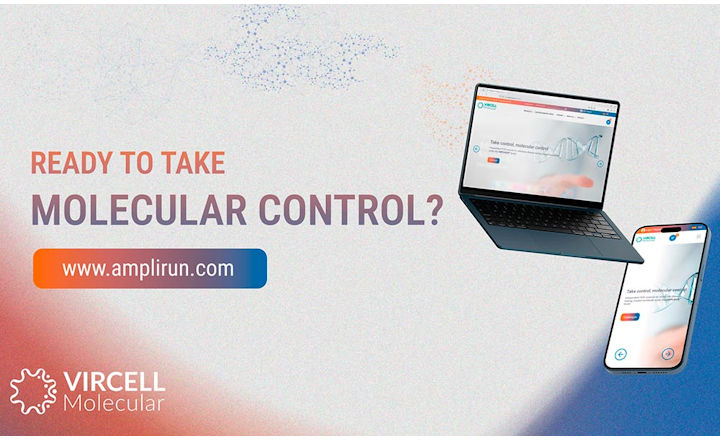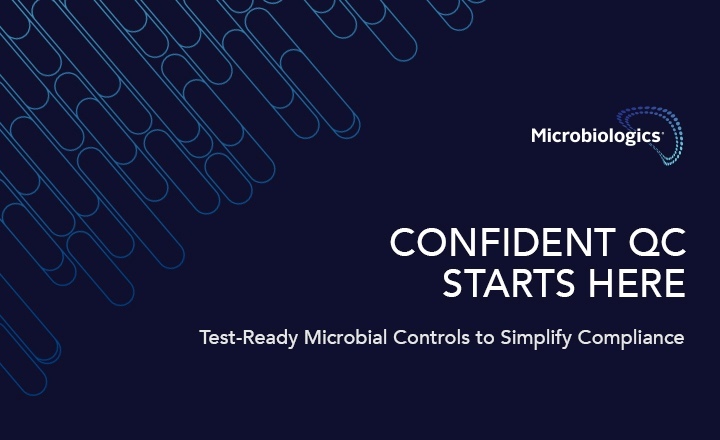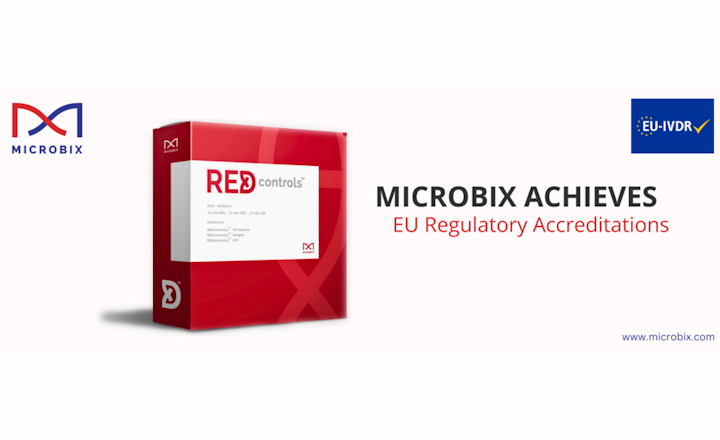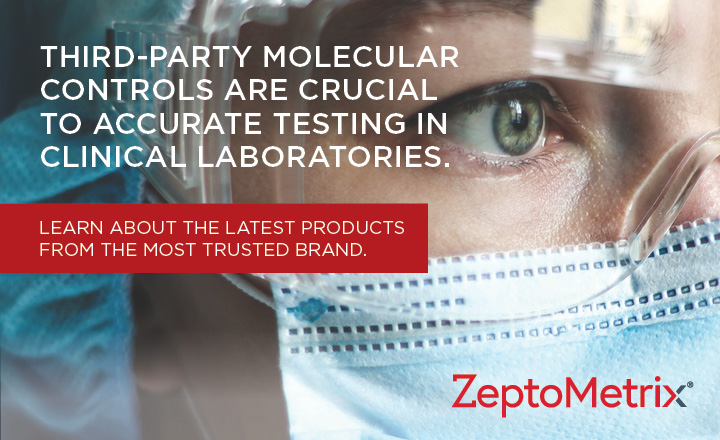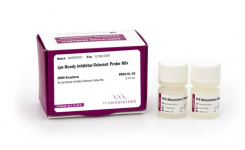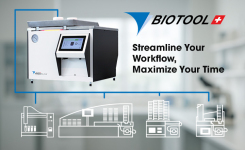Molecular diagnostics have revolutionized healthcare by enabling accurate and efficient disease diagnostics and treatments. Its primary application in infectious disease detection includes identifying genetic material from infectious agents using PCR technology. Third-party molecular controls are a crucial tool used to evaluate the accuracy and reliability of molecular diagnostic tests, which contributes to efficient treatment decisions and improved patient outcomes.
ZeptoMetrix is the most trusted brand in third-party molecular diagnostic molecular controls. Utilizing ZeptoMetrix molecular controls consistently helps to monitor testing performance and provides additional confidence in the quality and reliability of laboratory operations. Our controls and panels are refrigerated, ready to use, and formulated with purified intact organisms.
Molecular-based diagnostic techniques are now well-established in clinical laboratories for both specialist and routine testing regimes. These generally offer a more accurate result with objective results that are delivered faster than traditional approaches.
Quality control of molecular diagnostic tests helps labs meet various standards, such as those set by regulatory bodies like the Clinical Laboratory Improvement Amendments (CLIA), the College of American Pathologists (CAP), and the International Organization for Standardization (ISO). Laboratory Developed Tests (LDT) that have been developed in-house or modified from the approved manufacturer’s instructions are by default high complexity according to the CLIA regulations.
Controls are essential to verify the accuracy and reliability of the test results reported by the laboratory. Without these controls, it can be difficult to detect errors that can arise during instrument setup or assay protocols, which may have serious consequences for patient care.
In this interview with Andrew Zenger, the Global Product Manager at ZeptoMetrix, we gain an insight into how third-party molecular controls are key to developing clinical laboratory quality practices, maintaining regulatory compliance, and factors that laboratories should consider when choosing a supplier of third-party QC materials.
Q: What exactly are third-party molecular controls, and how are they different from in-house or those supplied by kit manufacturers?
Andrew: Third-party controls are external controls that are manufactured by a company independent of the assay manufacturer. Many assays utilize both internal and external controls to monitor assay performance. Internal controls are included within the assay reagents and are intended to confirm that specific assay steps were performed correctly, often sample addition or target amplification.
External controls, on the other hand, are intended to be treated like patient samples, requiring introduction into the assay system. Third-party external controls help ensure that laboratories test every step and variable preset in their procedure and do so using materials that were produced without any bias in that testing system. Assay manufacturers may use the same raw materials to produce both their quality controls and calibrators, which can mask changes in assay performance of the raw material degrades. Unlike in-house controls, third-party controls often have better reproducibility and traceability due to rigorous quality standards put in place for their manufacturing.
Q: How often should labs use third-party QC molecular controls?
Andrew: A laboratory should use external quality controls at the frequency mandated by its internal quality control program (IQCP). The frequency of use can vary based on the test method or analyte, so laboratories should check local regulations or with their accrediting body for more specific guidance. Additionally, the assay manufacturer’s instructions may provide guidance on control frequency. Some common events that prompt an external quality control run are switching reagent lots, training a new technician, or moving an instrument.
Q: Are there any analytes or test techniques that labs find particularly challenging (those where third-party controls are essential)?
Andrew: Quantitative molecular diagnostic testing is an area where a robust IQCP is vital to ensure positive patient outcomes. Common analytes for this type of testing include HIV, HBV, and HCV as well as post-transplant infectious disease monitoring. Physicians rely on the precise, quantitative results of these tests to evaluate treatment effectiveness and monitor infectious disease risk in immunocompromised patients. External quality control materials are an important tool that laboratories can use to detect variability in their assay that may arise from changes in reagent lots, a service event, or a new technician—all before that variability impacts a patient.
Q: How do I know what kind of controls I need for my lab? For example, qualitative vs. quantitative, panel vs. controls.
Andrew: Your laboratory IQCP should include specific information on the controls required for each assay run in your lab. Along with our extensive portfolio of external quality control material, we also provide verification panels that are tailored to help laboratories onboard assays covering many of the most common molecular diagnostic targets as well as quantitated material for use in the development and validation of lab-developed tests.
Q: Apart from routine testing, what other applications are there for third-party molecular controls?
Andrew: Third-party molecular controls can be used to train and monitor the performance of laboratory personnel, evaluate lot-to-lot consistency of test kits and assay reagents, monitor extraction and amplification steps, and develop and validate new assays.
Q: Many labs use patient-known samples as external controls. Is this OK? What challenges might they face?
Andrew: Yes, it’s quite common for laboratories to use remnant samples as external quality controls. The updated ISO 15189 standard directs laboratories to utilize materials that are as close as possible to patient samples. Using remnant patient samples is a practical and inexpensive way to accommodate this guidance. This guidance also stipulates that control material should be at or near the decision point of an assay, providing a clinically relevant challenge to the assay. This, on the other hand, is much harder to accomplish when using patient samples, especially for tests that are run less frequently or have a low positivity rate. Commercially available EQC material largely removes the risk of a supply lapse from the clinical lab and can ensure a consistent supply of material at clinically relevant levels.
To find out more, visit Zeptometrix or use the Request Information button to email the supplier directly.
About Andrew Zenger









